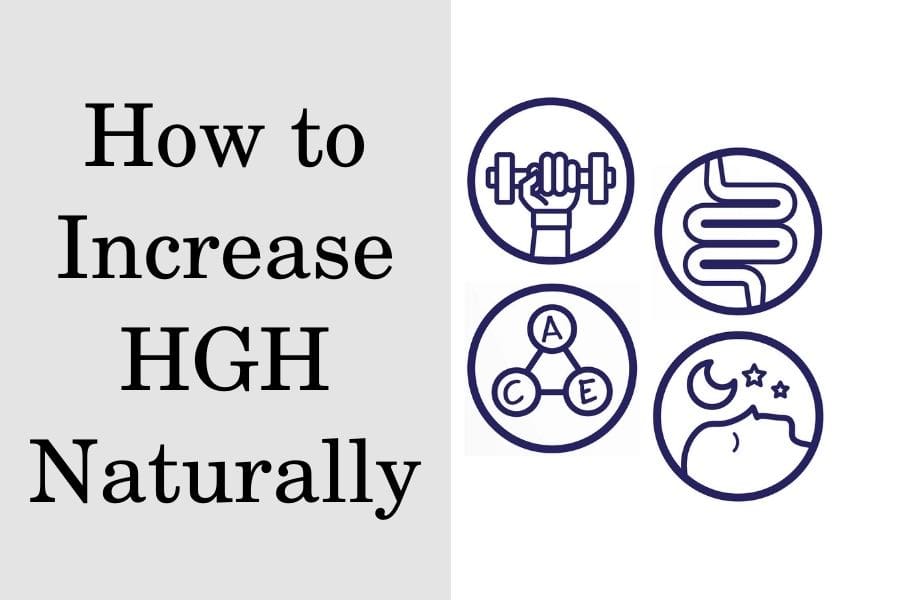How much trouble you have with menstrual cramps varies, some experience only a slight discomfort maybe as little as a couple of times a year, if even that, others have recurrent severe menstrual pain that affects everyday life, so-called dysmenorrhea. Some also suffer from endometriosis, which is a chronic inflammation that often occurs in connection with menstruation and menstrual cramps.
What is the cause of menstrual cramps?
When you ovulate every month, the lining of the uterus becomes thicker. The mucous membrane becomes thicker to be able to receive a fertilized egg and if no fertilization takes place, the uterus must get rid of the mucous membrane. The uterus then contracts and expels the mucous membrane that comes out as blood, menstruation.
The uterus is a muscle that is surrounded by a lot of nerves and the contractions can lead to both cramps and pain and give rise to menstrual pain and that you also get pain in the back, groin and thighs. Menstrual cramps can also have other causes such as endometriosis, fibroids or inflammation of a fallopian tube or uterus.
Symptoms of menstrual cramps
Menstrual cramps can cause both dull and aching pain as well as severe pain in the lower abdomen. Some people only get a little menstrual pain while others can get very sore. Menstrual cramps usually occur some day before menstruation and are usually strongest during the first and second day of menstruation.
Symptoms of menstrual cramps
Pain in the lower abdomen and Back pain.
Pain that radiates to the lower back, groin and / or thighs.
The pain can in turn give rise to headaches, dizziness, that you become cold sweaty or feel faint. Once menstruation has begun, you may also experience nausea and diarrhoea. How long you experience menstrual pain also varies, some feel it for a day or two, others have pain throughout the period. There are also those who have no menstrual cramps at all.
Do I have severe menstrual pain?
Severe menstrual pain, dysmenorrhea, is divided into primary and secondary menstrual pain. The primary is common in young women and can be linked to the first menstrual periods and can be very painful. The secondary often begins later in life, between the ages of 30 and 45 and can be caused by various medical conditions.
Do I have severe menstrual pain – answer the questions?
I’m tired, on the verge of exhausted.
My pain can be spasmodic, constant, or both at the same time.
My pain can be felt in the abdomen, lumbar spine or on the inside of the thighs.
I have other symptoms associated with menstruation, such as headaches, diarrhoea, nausea and mood swings.
If you have answered “yes” to one or more of these statements, you may be suffering from painful menstruation / dysmenorrhea. Contact your healthcare provider for a proper examination to find out what the underlying causes may be. However, the menstrual pain itself is treated just like primary menstrual pain.
The difference between menstrual cramps and endometriosis
Many, including healthcare professionals, mistake endometriosis for severe menstrual pain, but endometriosis is instead a chronic inflammation that forms when the uterine lining ends up in places other than the uterus. Instead of being expelled through the vagina and becoming a haemorrhage, the uterine lining can be expelled into the abdomen via the fallopian tubes and ovaries, something the immune system can usually take care of. In about every tenth person of childbearing age, however, the immune system is unable to take care of the tissue that remains and then a chronic inflammation, endometriosis, is formed.
The most common symptoms of endometriosis are severe menstrual cramps, pain that often begins before menstruation and becomes more severe during the first days of menstruation. Disorders reminiscent of a urinary tract infection also occur. Menstrual disorders, such as heavy bleeding, intermittent bleeding, irregular periods and short menstrual cycles, i.e. menstruation more often than once a month, are also signs of endometriosis. Some people with endometriosis experience no symptoms while others live with severe pain. Endometriosis has a tendency to recur and if endometriosis is suspected (or if you have problems for other reasons), it is important to seek help for an examination and possible treatment. An ultrasound examination may be sufficient to make a diagnosis with subsequent peephole surgery or a magnetic camera examination that confirms the diagnosis.
Relieve menstrual cramps on your own
If you do not feel that menstrual cramps are a big problem but are manageable, and do not feel any impaired health in general, such as nausea or just feel anxious, you usually do not need to seek help for your menstrual cramps. It is almost always possible to do something about menstrual pain on your own.
Pain medications Pain medications containing ibuprofen reduces uterine contractions and relieves menstrual pain is often best. If you are unable to take these medicines, it is also possible to try medicines that contain paracetamol. You can take these one or two days before your period, but always follow the instructions on the package and always contact or consult your healthcare provider if you need to increase your dose or if over-the-counter medicines do not help with your pain.
How to relieve menstrual cramps
Birth control pills Birth control pills contain progestosterone and estrogen which not only prevents ovulation but also reduces the thickness of the uterine lining, which can lead to easier menstruation with less menstrual cramps. Ask your gynaecologist as different contraceptives have different effects.
Heat Putting something warming over, for example, the stomach or back can be soothing. The heat helps the muscles to relax and then it hurts less.
Exercise Many people avoid exercise and sports during menstrual cramps, but the cramp in the uterus can actually be released only by moving. It can be a walk or easier exercise, if you have the strength.
Sex Masturbation or sex during menstruation can actually relieve the pain as an orgasm causes the uterus to relax.
Movements Different movements can affect how much pain you get, try to find a position where it hurts less if you have to lie down, for example. Then it can be nice to pull up the knees for example.
Treatment of menstrual cramps
At the health service, you can get help to prescribe painkillers or contraceptives that can help with menstrual cramps. It may also be possible to get a treatment method called tens, a pain relief method that means that the fists under the skin are stimulated by electric currents. This causes the body to work to reduce the pain. The treatment is given when you have pain and the effect lasts for as long as the treatment lasts.
There are also a number of alternative treatment methods with varied results, but the main thing is to remember that menstrual cramps are individual and it is therefore also the treatment methods that are suitable for you. Of course, you should not have such severe menstrual pain that you cannot go to school or work.
Living with menstrual cramps
Many women live with menstrual cramps and have found different ways to relieve the pain that can occur. Talk to friends and acquaintances around you, you are rarely alone and exchanging experiences with others can feel safe. It can be good to keep in mind that menstrual cramps can be aggravated by external lifestyle factors such as stress, anxiety, smoking, and alcohol, so during the period when you experience menstrual cramps, it is even more important that you take care of yourself.
Over-the-counter painkillers, heating pads, and peace and quiet can be just what you need, the most important thing is to find a way to function even during menstrual cramps. If you experience that you suddenly have menstrual cramps and have not had it before or if you have a lot of menstrual cramps, contact healthcare for further advice.




